Every expert has a toolkit. In the aurora hunter’s kit, whether they be photographers, astronomers, or excursion guides- a good forecast is one of the best. (Well, that and a cozy jacket!)
Tip #1: Get Local
These days there are countless apps and websites that promise key insight into the northern lights forecast in Iceland. Many of them work in different ways and are focused on different parts of the globe- or sometimes even the planet as a whole.
(The Northern Lights ARE a planetary occurrence!) This can create some interesting changes in how that data is interpreted, that you may not even be aware of.
For instance, some of these services are factoring in sky clarity, or cloud cover, into their prediction. This can happen often in apps where a percentage of visual probability is given.
If this cloud radar data is not for the area that you’re in, you might be getting someone else’s prediction! It can be challenging to know what data the service is using, sometimes. Especially as these details are not always transparent.
That’s why one of our favorite services is the Icelandic Meteorological Office. Since we’re looking for Northern Lights in Iceland, it helps that the cloud radar that we’re seeing on their webpage is specifically for Iceland, and not say- for Alaska or Svalbard.
(Which, don’t get me wrong- super interesting stuff! But if I’m cruising the coast in Akranes looking for a glow, that’s not going to give me much to go on.) When you’re mapping out a trajectory, make sure you’re checking the sky in the place you’re currently in!
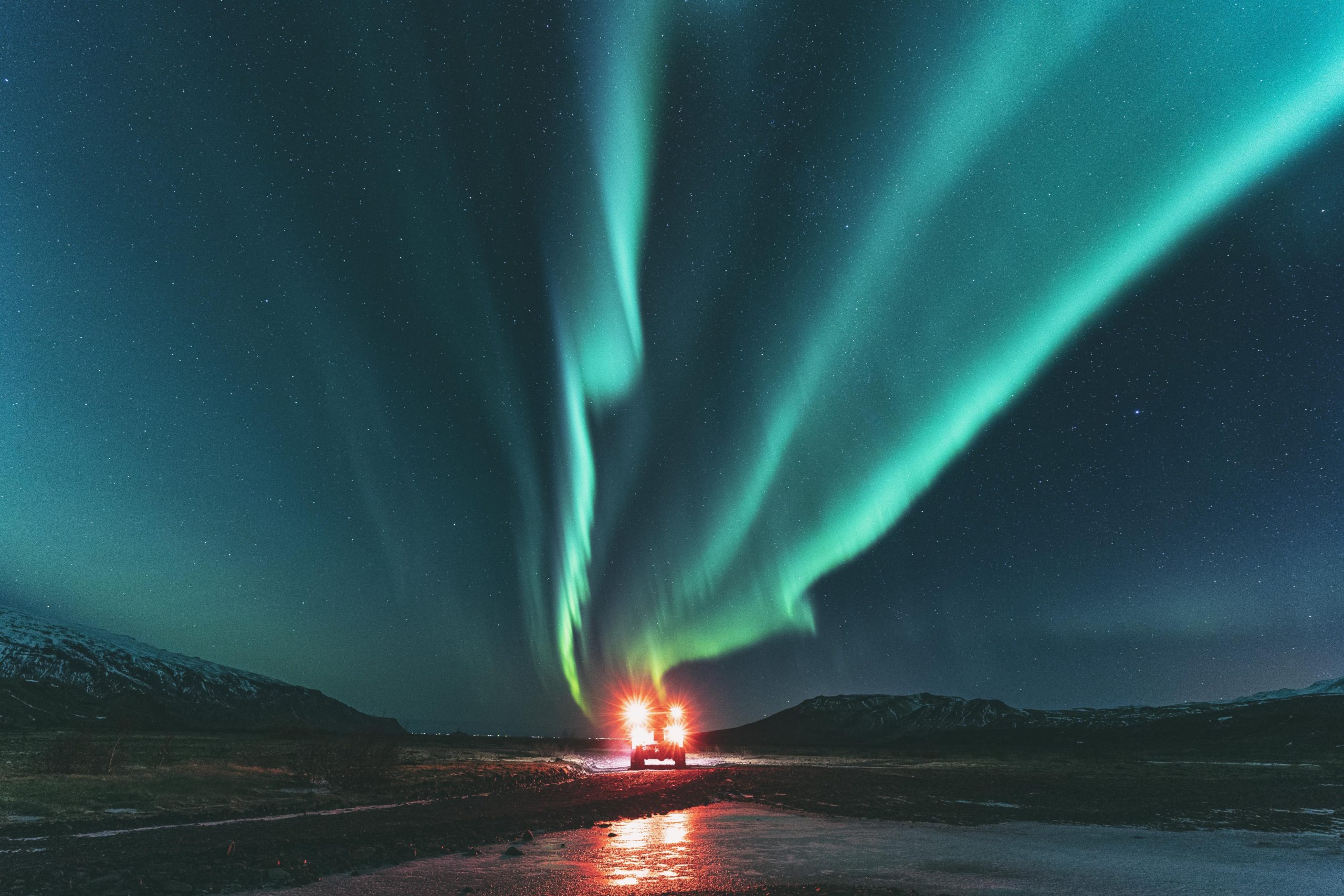
Tip #2: Take all forecasts with a grain of salt
Scientific knowledge of the aurora is fairly new, in the grand scheme of things. (Especially when you think about how recent some of the folktales are!) All things considered, people have gotten quite good at figuring out how and when it may happen.
Many questions about the aurora have been answered even over the past few years, and the ability to track and study the phenomenon has flourished. Research stations all over the globe and places like NASA’s Heliophysics laboratory have added many layers to what we initially knew about one of the planet’s most curious light shows. But, we are still learning.
Perhaps we will never stop. It is good to remember this when you are busy interpreting a forecasting tool.
It is possible for the Kp number to be incorrect, or the cloud radar to be slow. Auroras are space weather, and though our predictions are guided by years of data, it is still possible for us to gauge the speed of an incoming solar storm incorrectly.
After years of watching the forecast every day, it has happened that on a Kp 0 night, we got lucky! It has also happened that on a Kp 7 or 8 night, we were not. Always remember that forecasts are a great tool, and a guideline- but they are not 100%.
If you’re visiting Iceland within the auroral season, and the sky is clear- it is always worth having a look.
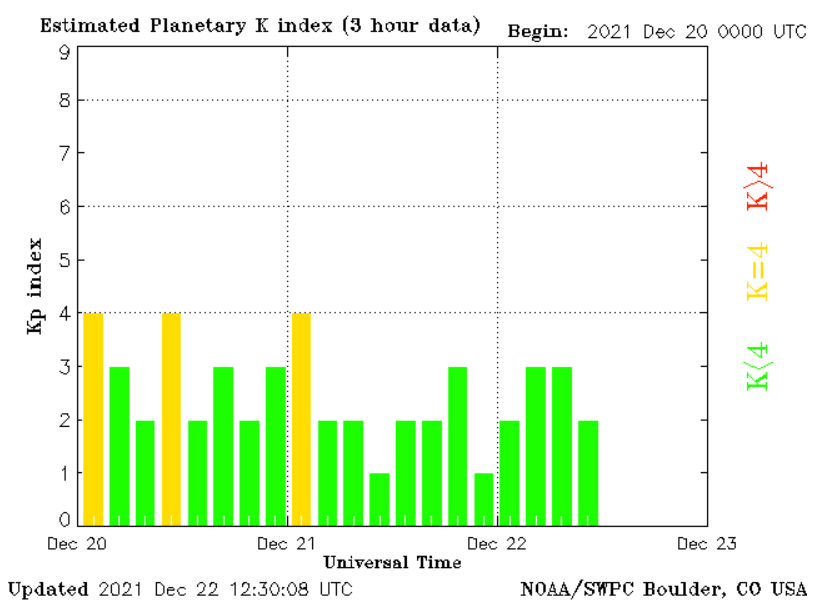
Tip #3: Get to know the index
So you’ve seen an aurora forecast, but what’s that number, and why is everyone saying it’s a “5 night”? This is the Kp planetary index, K-index, or Kp index. This number belongs to a 0-9 scale that references a metric that people use to gauge the level of geomagnetic activity.
This number is referencing the activity within a 3 hour period, in order to achieve a more realistic picture of the activity at that time. This is why checking the forecast in advance can be tricky.
This number is a great guideline for what’s going on, but it is not definitive, and is only as good as the data being collected to create it. Different factors can affect how this number is achieved, and how it applies to us- and so for this reason it is important to remember that it is one of the many tools in a hunter’s kit, but not the only one.
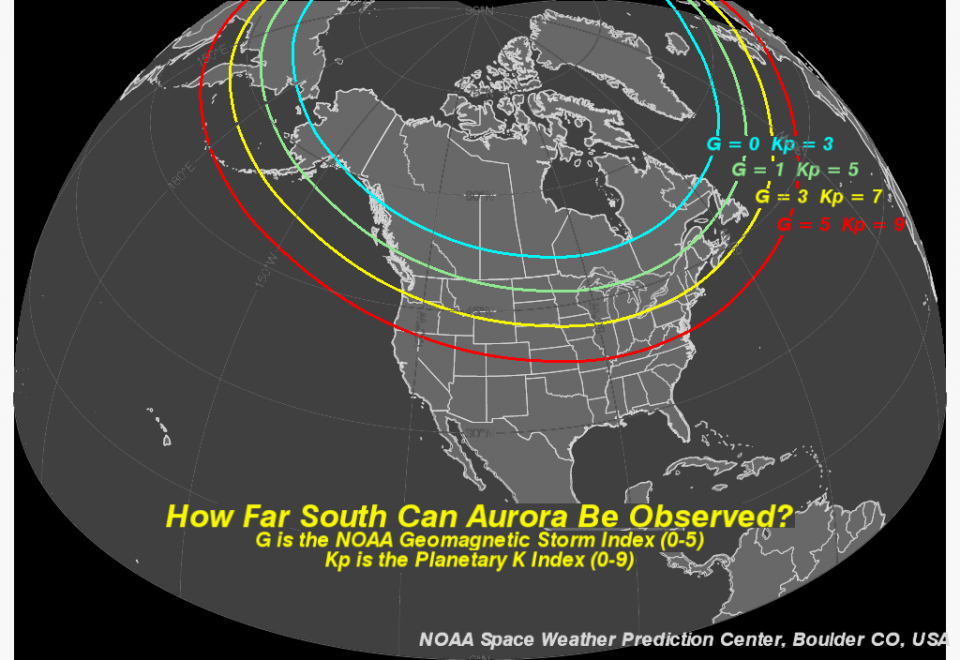
Tip #4: The K-index and Earth
This whole situation is layered! Once you know about the K-index and what it stands for, it’s helpful to know how that applies to where we are.
We know that the aurora is a polar phenomenon most of the time, but then why does it sometimes show up in North America or continental Europe?
It’s possible, and understanding why helps to explain the K-index in a different way. Because of all of this data collected over time, scientists have been able to gauge how high the level of activity needs to be, for an aurora to grow a certain distance away from the pole.
Like everything else related to forecasting, this too is not 100%, but it is a system built over time that is supported by carefully collected data.
(Science and nature do love an exception!) You can see on many charts and graphics just like this one, that the Kp or K-index typically correlates to a specific “ring” or “slice” of the globe.
These numbers from the chart tell us that if the solar activity is at a 5 level of strength, it is possible for it to reach as far as South Dakota on the globe.
Does that mean that on a 5 night, it definitely will? Or that if it does, we are guaranteed to see it? Not necessarily.
It means that should all factors occur as on a typical level 5 night, it is possible for the activity to reach that far south.
However, it does not take into account what the clarity and light pollution factors are in your area, which is why the K-index is only one piece of an aurora forecast.

Tip #5: Live in the moment
When forecasting an aurora, we typically don’t look too far ahead of ourselves. This is a bit out of our hands, as the Kp index functions on such a small time period anyways. Our very own northern lights forecast in Iceland even runs on three days cycles at a time.
So figuring out when we can see the northern lights is on our minds often!
And of course, if you’ve been here before- you’ve probably already heard someone say “If you don’t like the weather, just wait five minutes.” Icelandic weather is at times capricious and volatile, so it seems we have something in common with space after all.
If you’re hunting for auroras, it’s important to remember to exist in the NOW. They are elusive, they defy all odds, and no two are ever alike. If you’re planning an excursion, try to book it near the beginning of your trip so that you have time to try again if you need to.
And above all else, keep your eyes peeled! If the sky is clear, there is always a chance. Some of the best auroras have happened to us while taking out the trash, driving home, or while having a tiny impromptu stroll. Like some of the best things, it often happens when you’re paying the least attention.
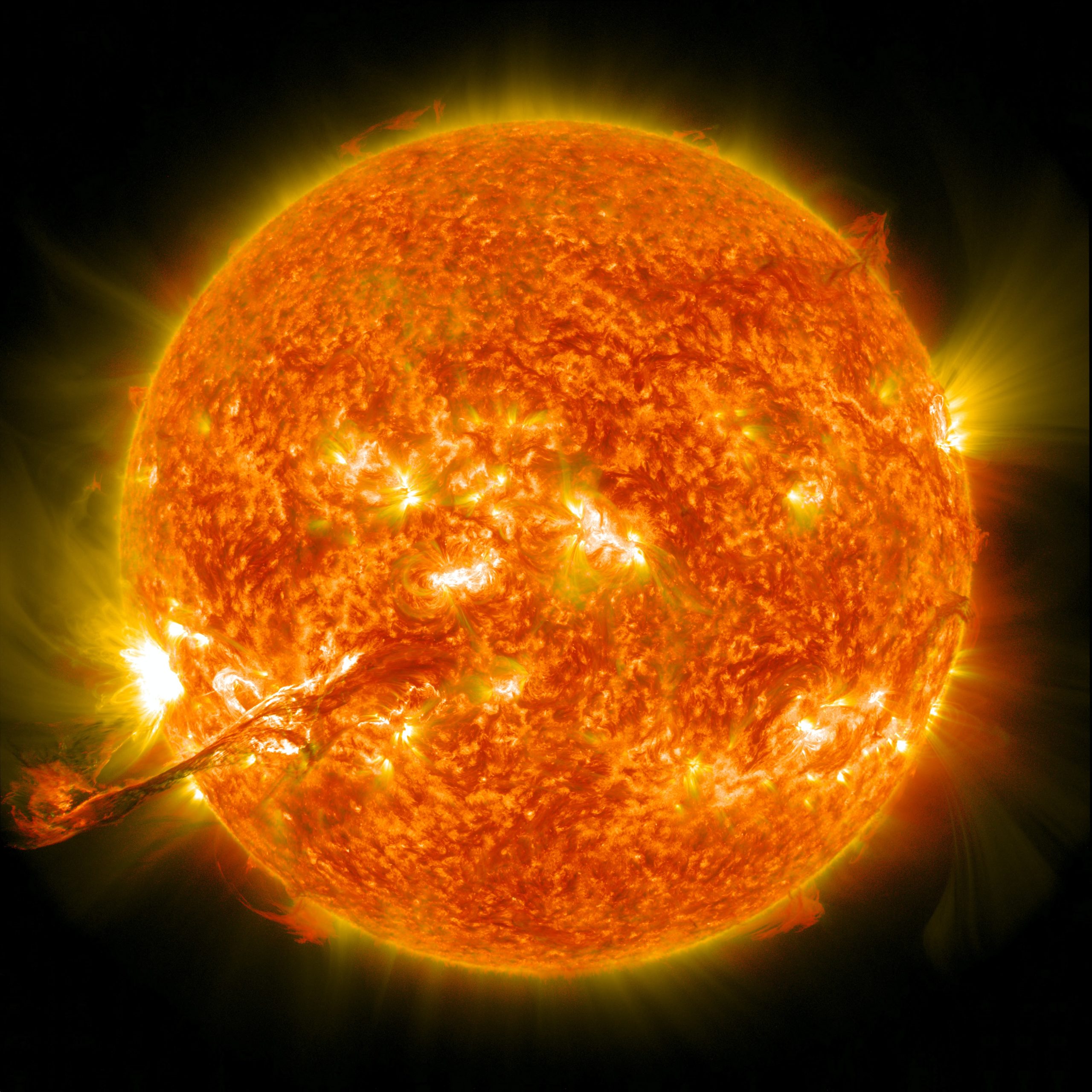
Tip #6: …But don’t forget to play the long game
Now that we’ve told you to loosen your collar and get spontaneous- here’s some advice from the other end of the spectrum! (..You will find that this is very characteristic of aurora hunting. Do everything, and nothing, all at once!)
The forecast itself is very focused on the current time, but what about the science of it all, and the bigger picture? Well, it’s true. For the next-level hunter, there are some old reliables that you can depend on when making your predictions. We’re talking about solar cycles and the tracking of sunspots.
To simplify it all the way down, we are all spinning, and these orbital patterns create seasons or sections of measurable time. The Sun also experiences this and has cycles that we refer to as solar maximum and solar minimum.
These are believed to be 11 year cycles in which the Sun’s magnetic field flips from north to south, and is characterized by sunspot activity or prevalence.
Therefore, in solar maximum you can expect more sunspots or increased sunspot activity than you would in solar minimum. A prevalence of active sunspots can be good news for aurora watchers, as they are often responsible for more volatile solar activity, like the release of solar flares and prominences.
They are almost like volcanoes in that way, and these bursts of activity that they send off mean better and more powerful displays of auroral light. One can track these sunspots, as they are visible fixtures on the surface of the sun.
You can even try it out yourself at home with activities like this. For people that regularly track auroras, knowing when a sunspot is coming up is a nice way to gauge when activity might be high again in the future.
Like all aspects of auroral activity, this is not guaranteed, but it is one of the more long-term dependable factors that we know of at this time. Not visiting on a sunspot night, or even within solar maximum?
Don’t worry! These factors may result in high activity, but it has been proved time and time again that we do not require them for great northern lights adventures.
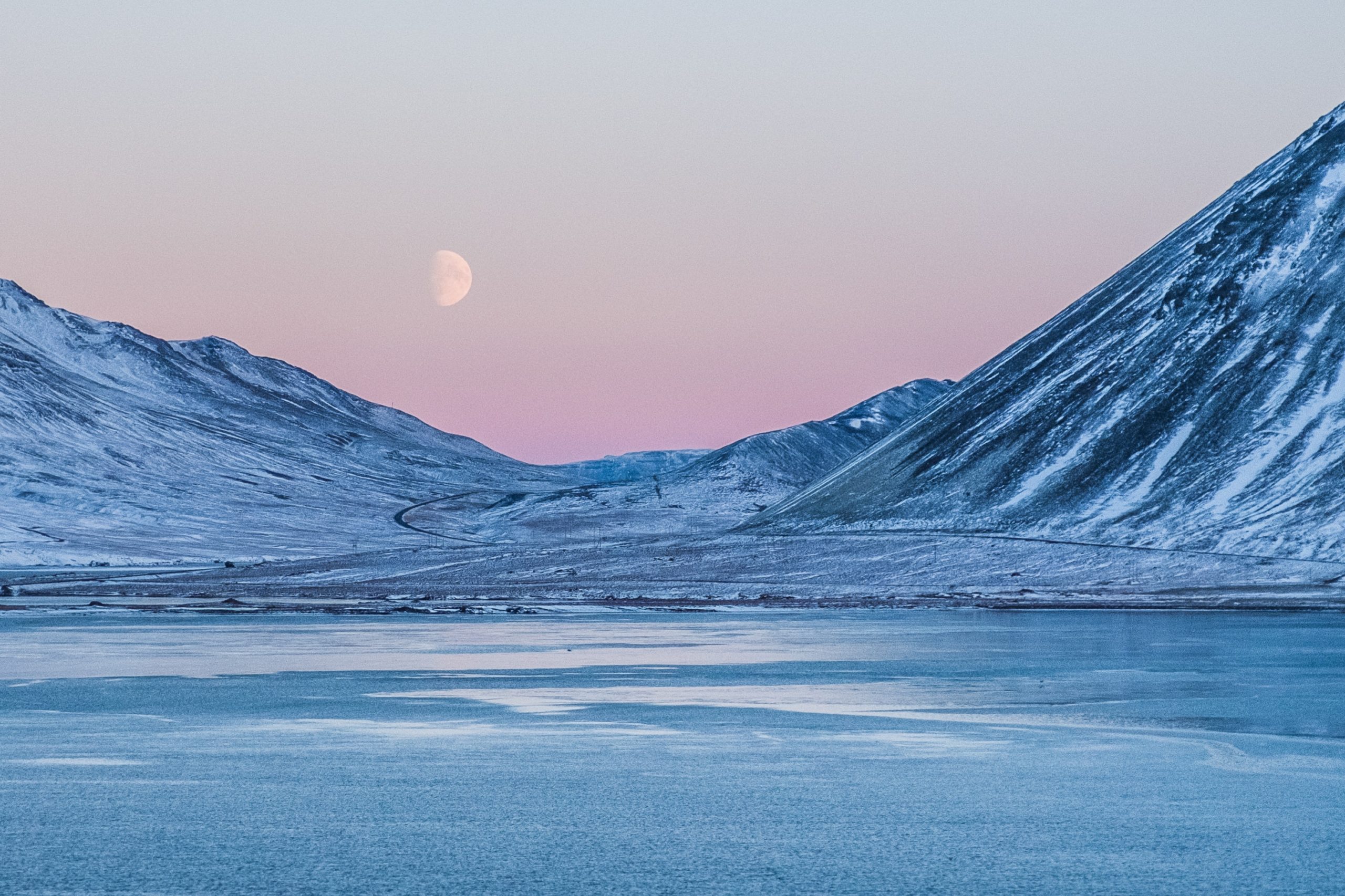
Tip #7: Don’t fight the moonlight
The forecast is looking good, you’ve got an idea where you’re headed, and the plans are in place. You’re even preparing to take a few photos while you’re out. But what are the conditions going to be while you’re out?
It can be helpful to know what the moon phase will be while you’re out so that you have an idea of what kind of visibility conditions you’ll be working in.
Don’t worry if it’s a full moon- though it can create a great deal of light pollution, it does not make visibility impossible. A full moon can create some really helpful foreground light so that you can capture a semi-lit nature shot.
Though a darker sky can be easier on the eyes, there’s certainly something special about a full moon shot. Be ready to adjust your camera settings accordingly!
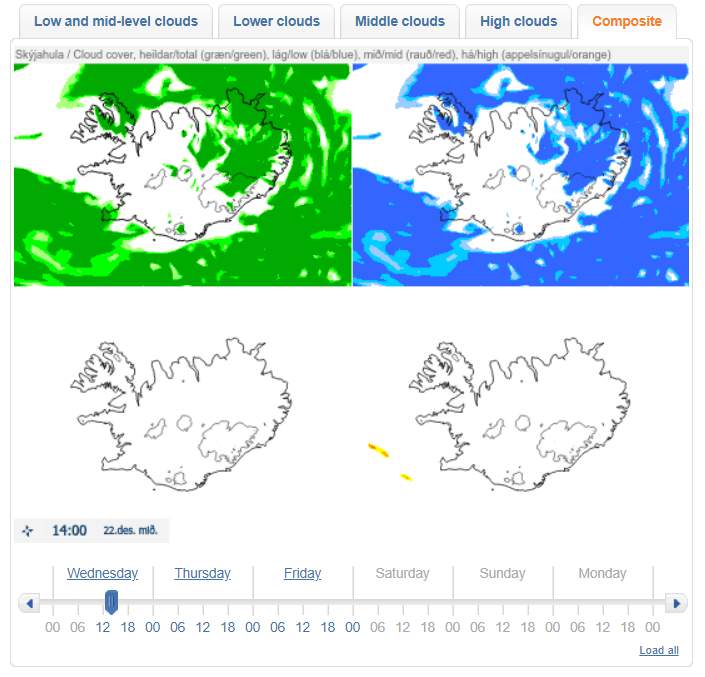
Tip #8: Get crystal clear
Since you’re hunting in Iceland, it’s safe to assume you’re using our favorite northern lights forecast. But at a glance, do you know what you’re looking for?
This forecast comes in two halves, the Earth half, and the space half on the right. The “space half” is just the 0-9 Kp number on the side, letting us know what the solar activity is up to. The “Earth half”, is the map.
At first glance it can look like the colored places on the map might indicate auroral activity or visible lights- but that is not the case. This map is only showing us the cloud cover. You can choose to view a layer of the sky or the entire sky altogether.
(Different types of clouds form in different layers of the sky, so sometimes you can find that the cloud cover might not be so serious after all, because of where it is.)
But no matter which layer of the map you’re using, don’t forget that the colored spaces on the map are the thing we’ve trying to avoid. We are looking for white or clear areas on the map because that is where the clouds are not.
Try using the sliding scale at the bottom of the map to see how the clouds plan to move over the course of the 3 day period. You can also view a wind forecast if you want to see a more detailed view over time of how the directionality might change.
If you’re lucky, those clouds will get blown away before you’re even out there! Or maybe, you ended up with some wispy cirrus clouds, high up above us in the topmost layer.
Either way, as long as you’ve got some clarity over top, you’re set. (And don’t forget that earlier tip, to take this with a grain of salt!
We’ve gotten pretty good over time at predicting Earth weather, but even the cloud map can be slow, or too vast to catch tiny windows of clarity in your immediate area.
Sometimes, that imperceptible window through the fog is all you need to catch the show. So look up, no matter what!)
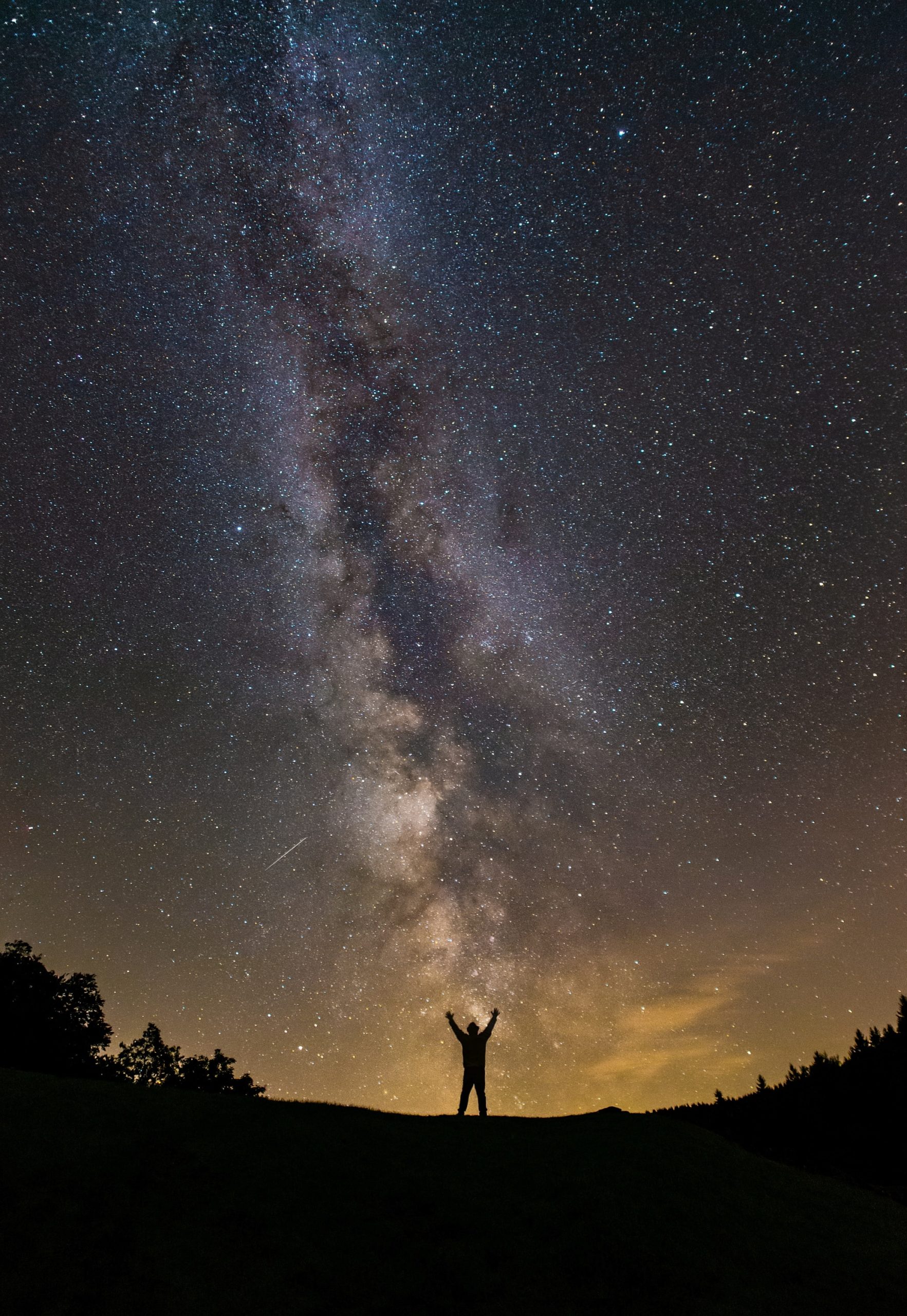
Tip #9: Know what’s behind the number: Mix it up!
You’ve seen our favorite northern lights forecast in Iceland, but where does that data come from? Some of it comes to us from the Leirvogur Magnetic Observatory in Mosfellsbær, Iceland.
At Leirvogur, scientists have been taking measurements of Earth’s magnetic field since 1957. This has given us the ability to note magnetic disturbances in real-time, as their data is updated every 10 minutes. They are another great tool to have in your kit if you want to see how the Kp number is decided.
But all forecasts are different kinds of tools, so why not look further? NOAA’s Space Weather Prediction Center is another great source for space weather updates. On this page dedicated to fellow sky enthusiasts, you can view a myriad of different forecasting tools.
From the conditions on the sun to the solar wind update, all the way down to a visual rendering of the auroral oval. This is a great example of how many pieces must fit together in order for auroras to be known about, and then found. Check them out, and tell us about your favorite!
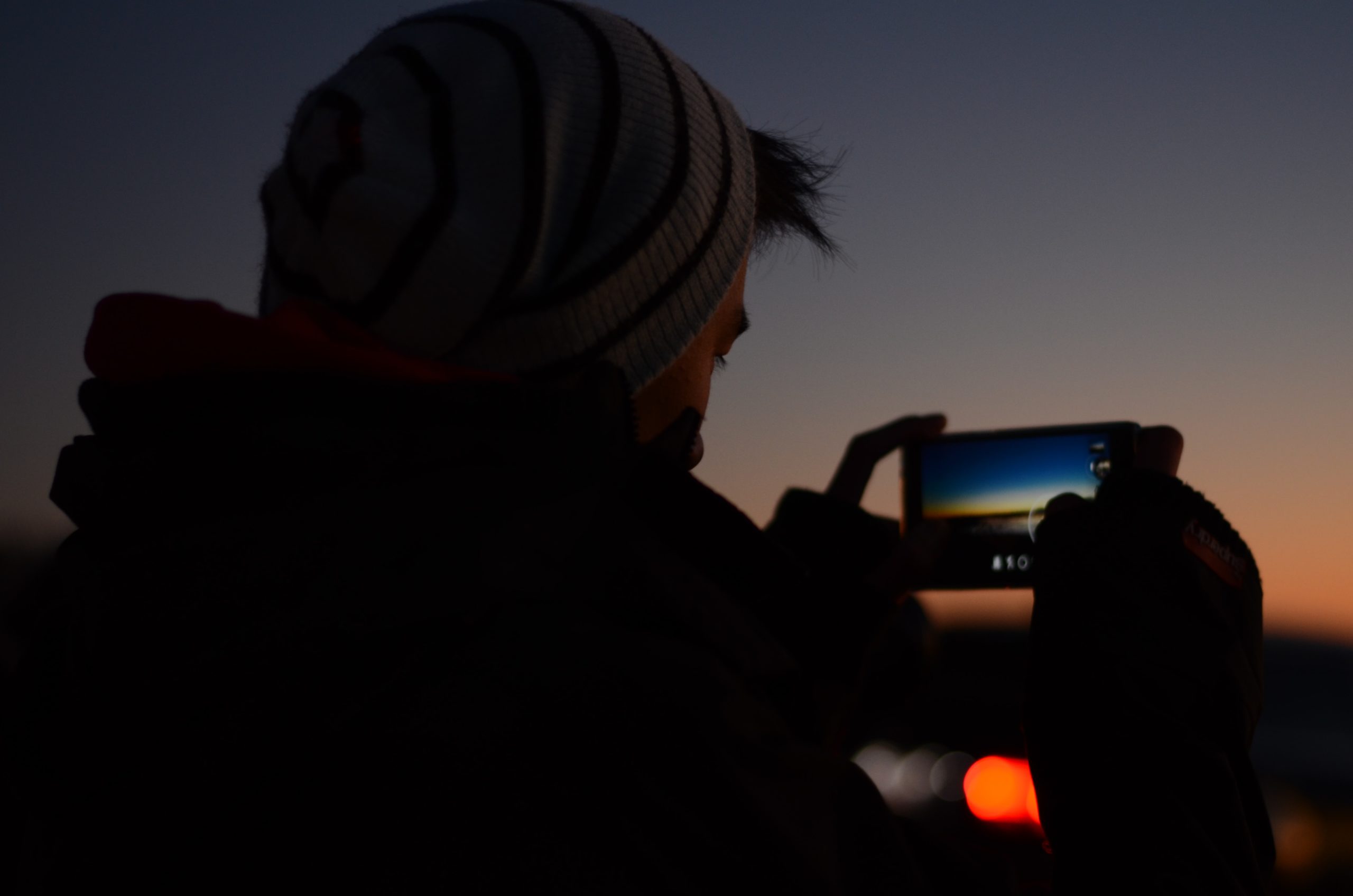
Tip #10: Take it with you
Preparing for a night out hunting is a key step. This means charging up your camera batteries and headlamps, collecting all your gear, packing away your snacks, and making sure you’ve got all the layers and mittens and hand warmers you can carry.
But what about the forecast? Many of these services have mobile apps or can just load up in your phone or tablet browsers. On average, many of these forecasts will update between 3 and 10 minutes, so you never know what magnetic spikes or cloud movements may be on the way.
If possible, bring them with you! Being able to follow the cloud map live (while someone else drives, of course!) can sometimes make all the difference on a chase.
